Material
Jute
Hand-woven jute turns into beautiful, durable and sound absorbent rugs, placemats and baskets where each product is unique. A grateful and easily accessible material that we are happy to see more and more appreciaite in the home.
Hand-woven jute turns into beautiful, durable and sound absorbent rugs, placemats and baskets where each product is unique. A grateful and easily accessible material that we are happy to see more and more appreciaite in the home.
Scroll
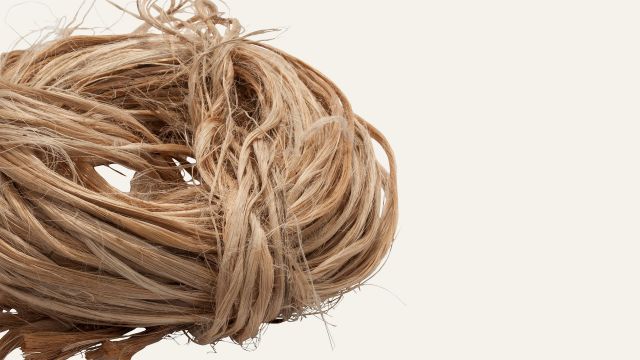
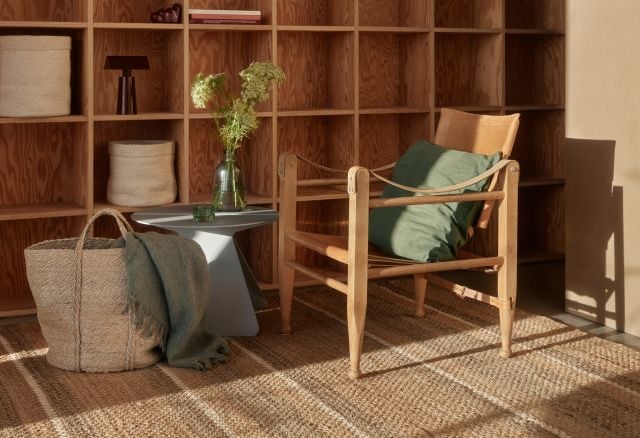
The reason that these products are not created in the same region depends on the professional skill and rich experience the both respective countries have formed historically. For centuries, they have focused on various specialist areas and have refined these crafting methods. The results are unique and beautiful products – made by experts.
Jute is a hard-wearing fiber, cultivated in the same countries the products are manufactured. Thanks to new modern manufacturing methods, it can be made into a soft and natural yarn with silky lustre that is a pleasure to weave and dye if you wish. The result is beautiful, durable and sound absorbent rugs and baskets where every product is unique.
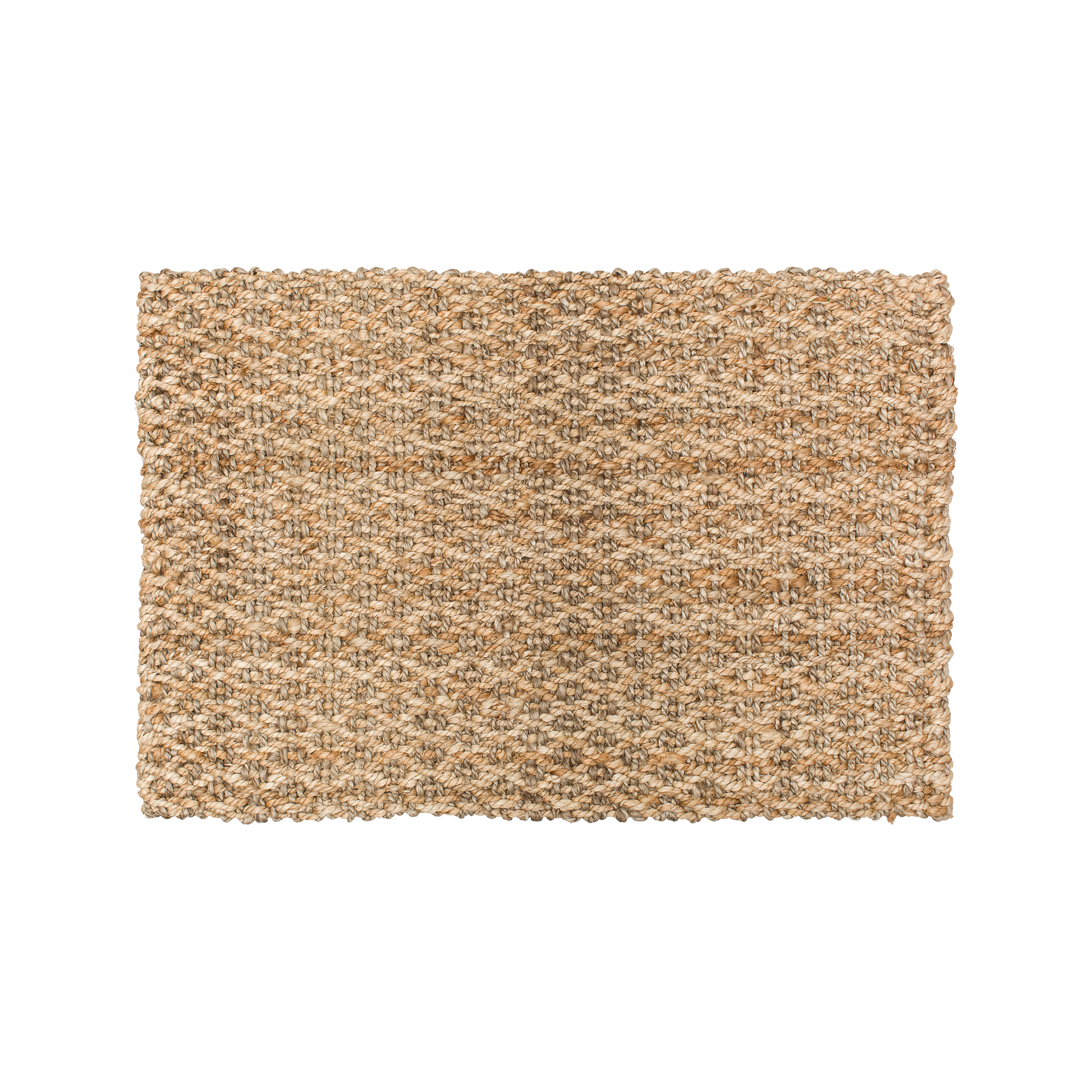
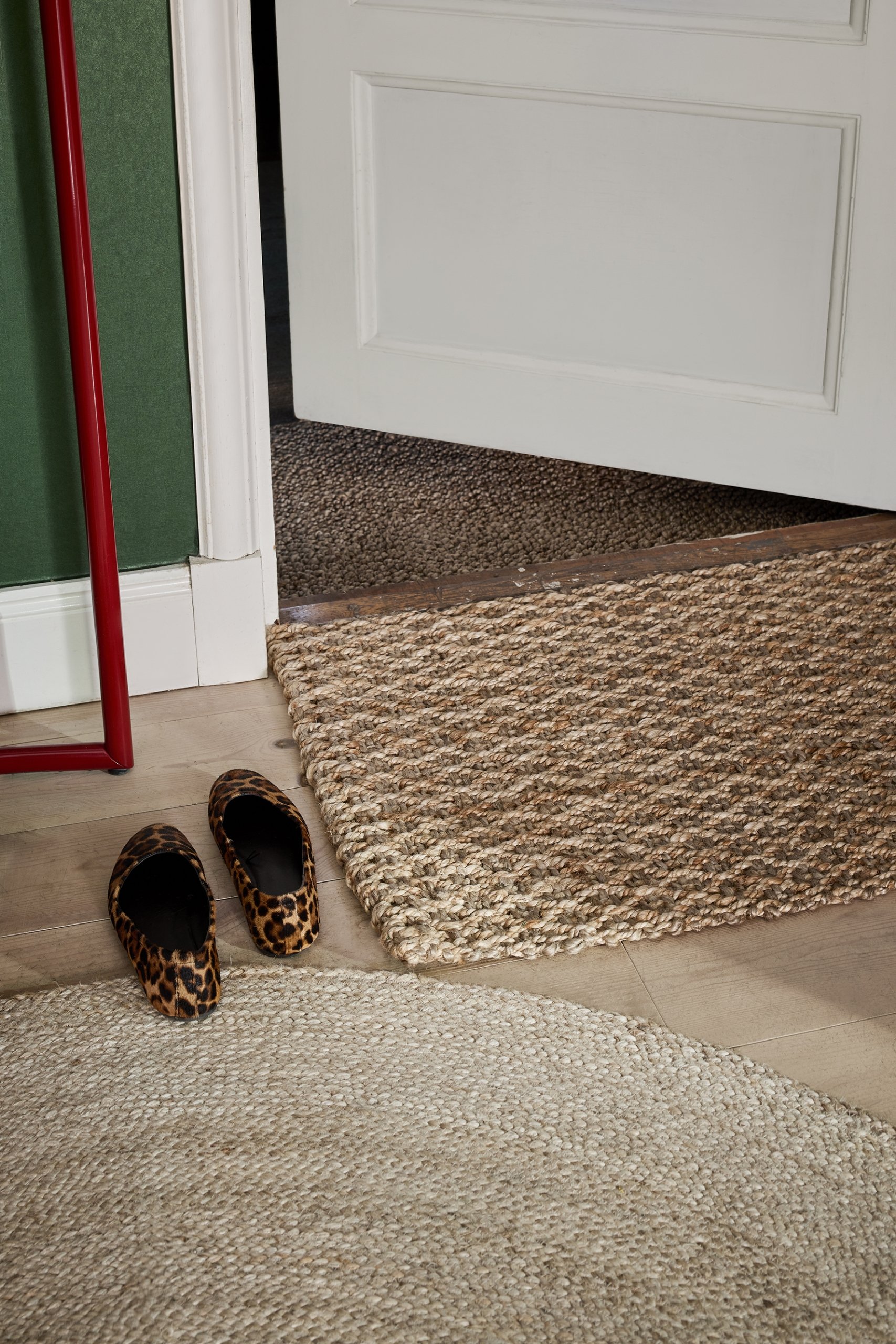
Doormat Fanny diamonds 60x90cm
37860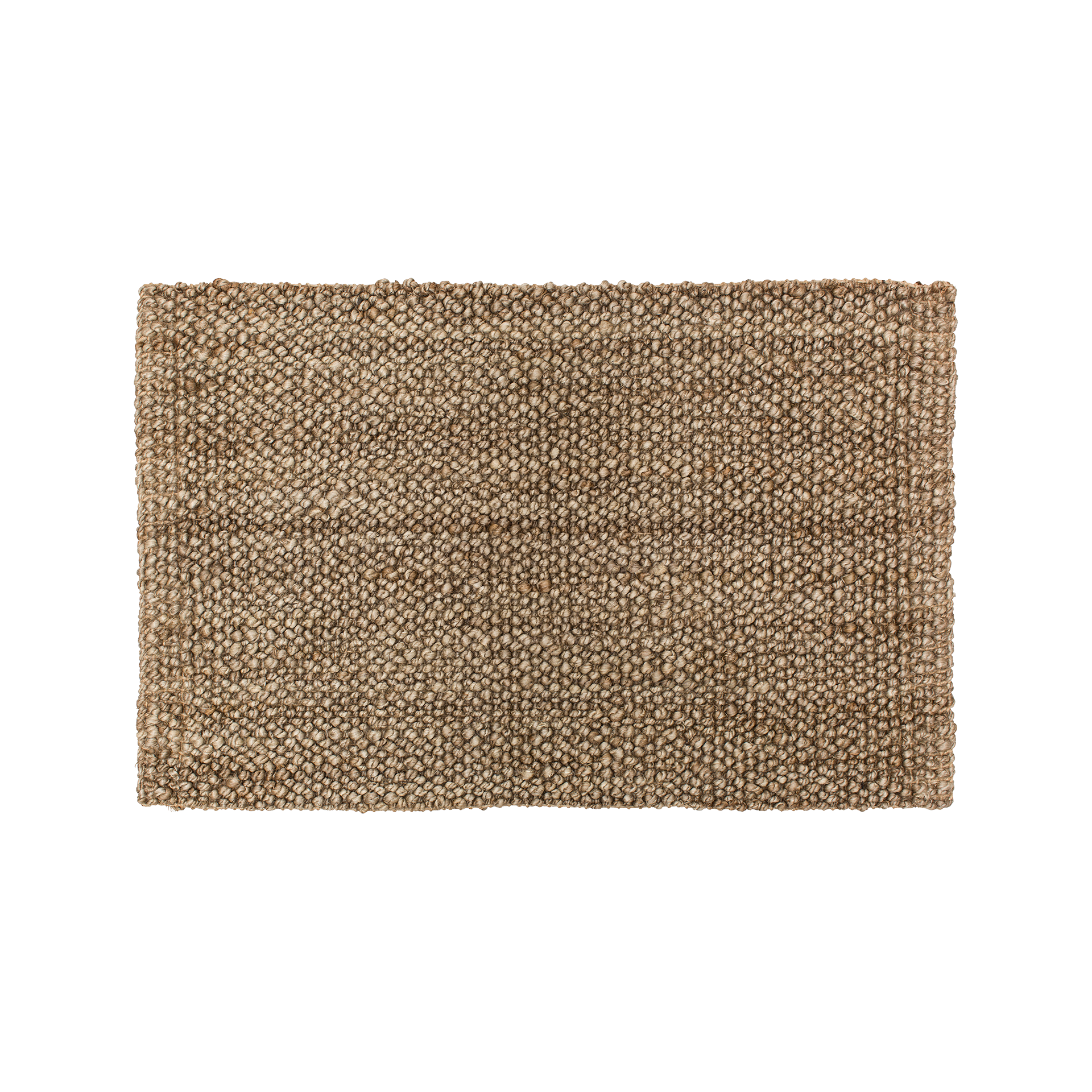
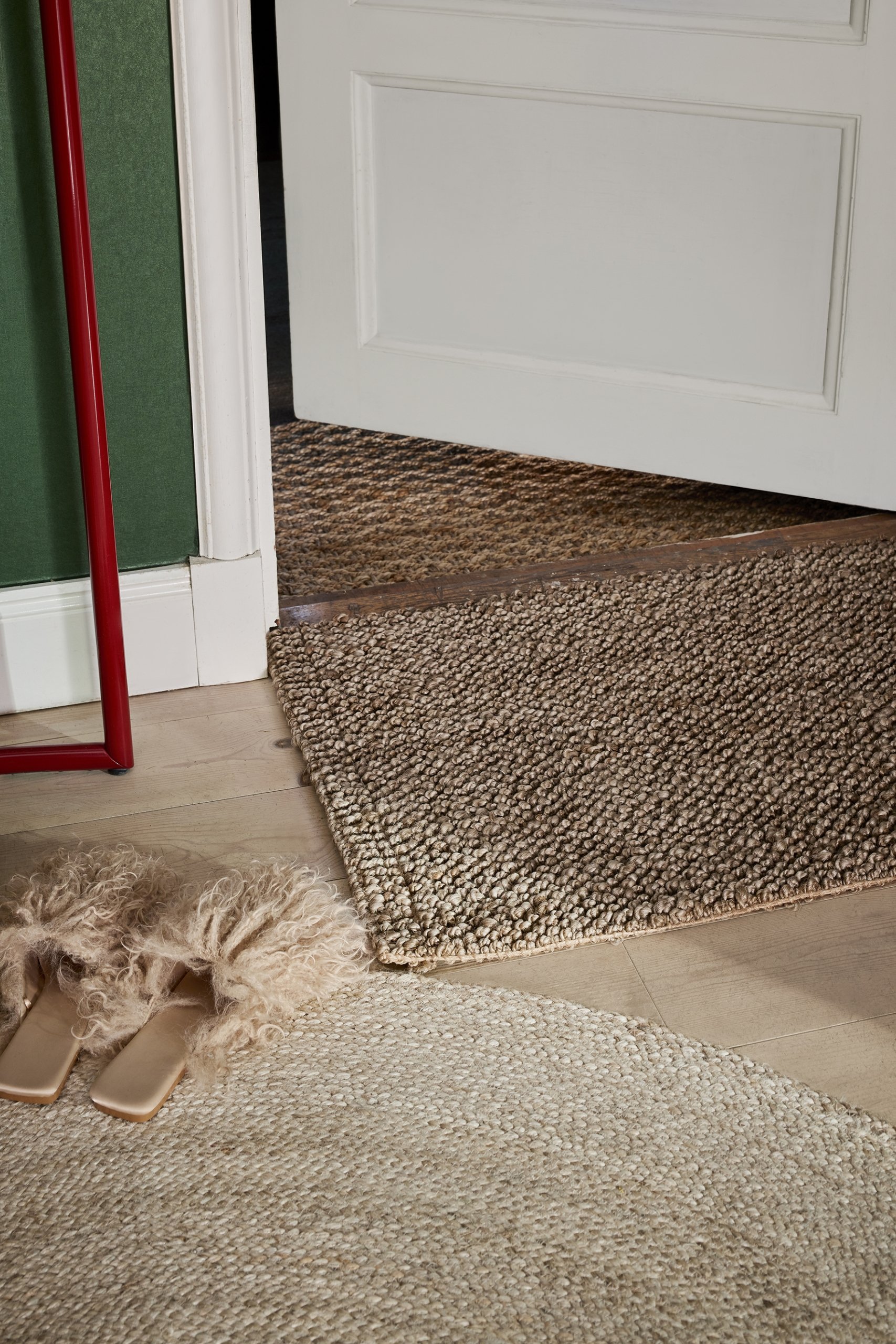
Doormat Alice natural grey 60x90cm
37861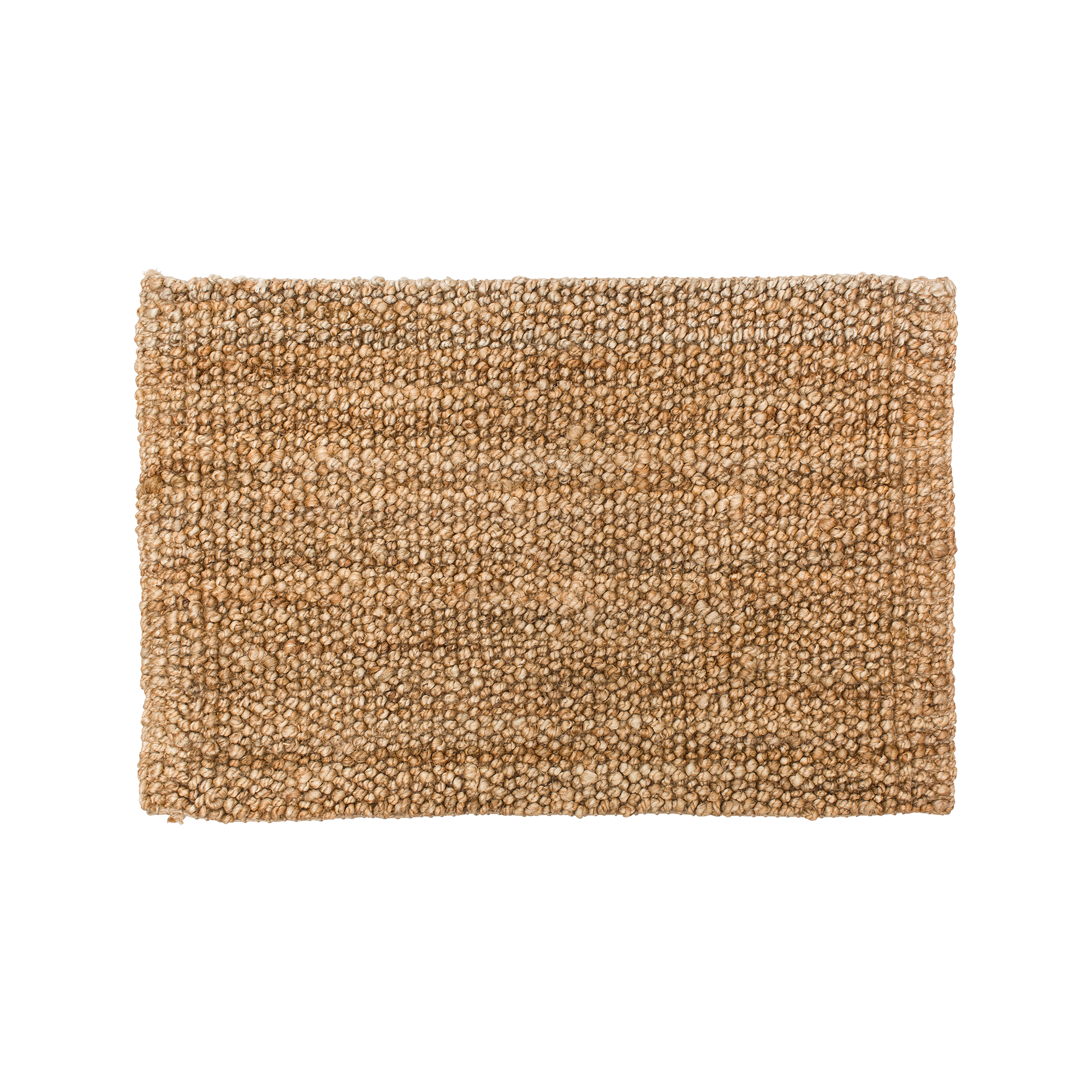

Doormat Alice natural 60x90cm
37862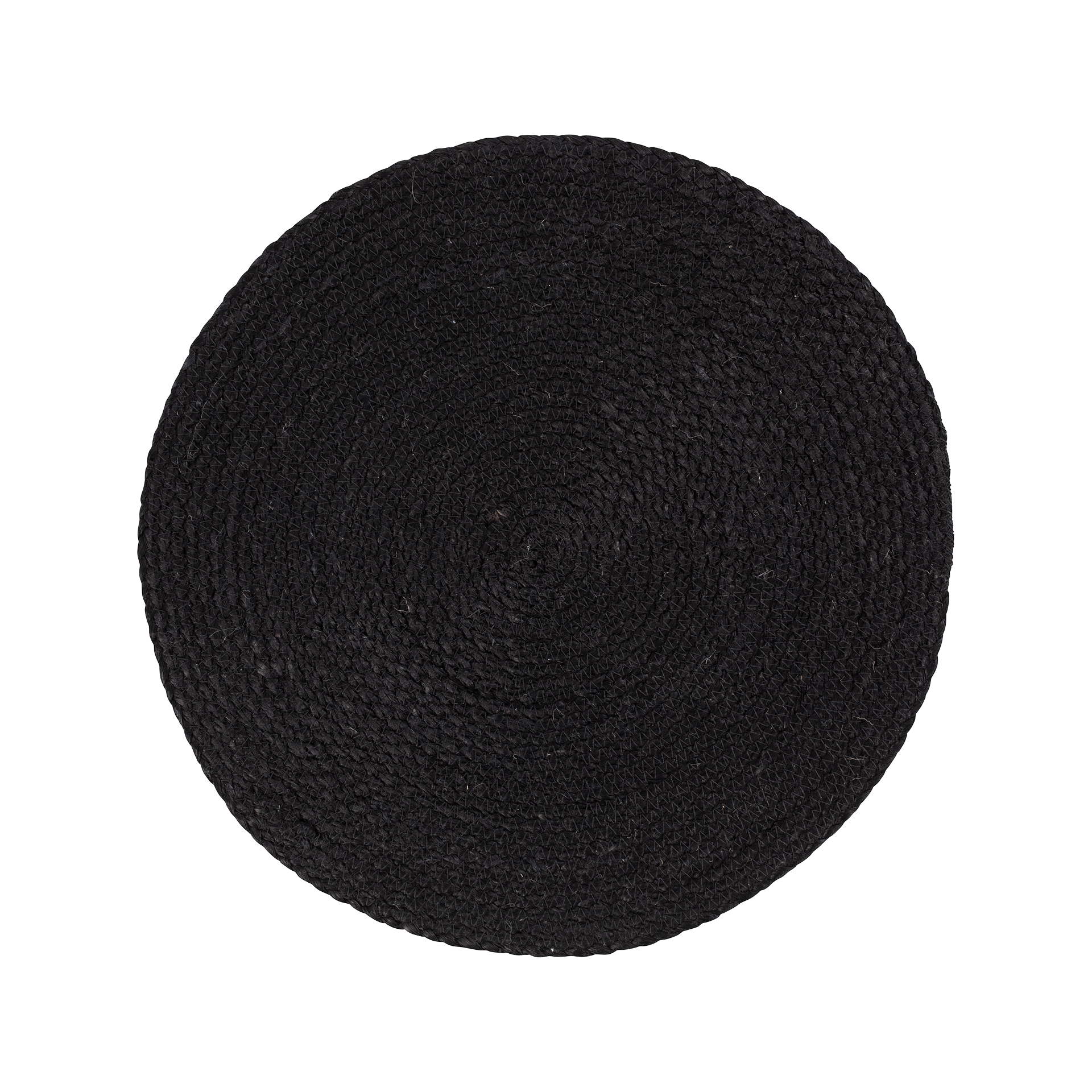
Placemat Elin black d38cm
48343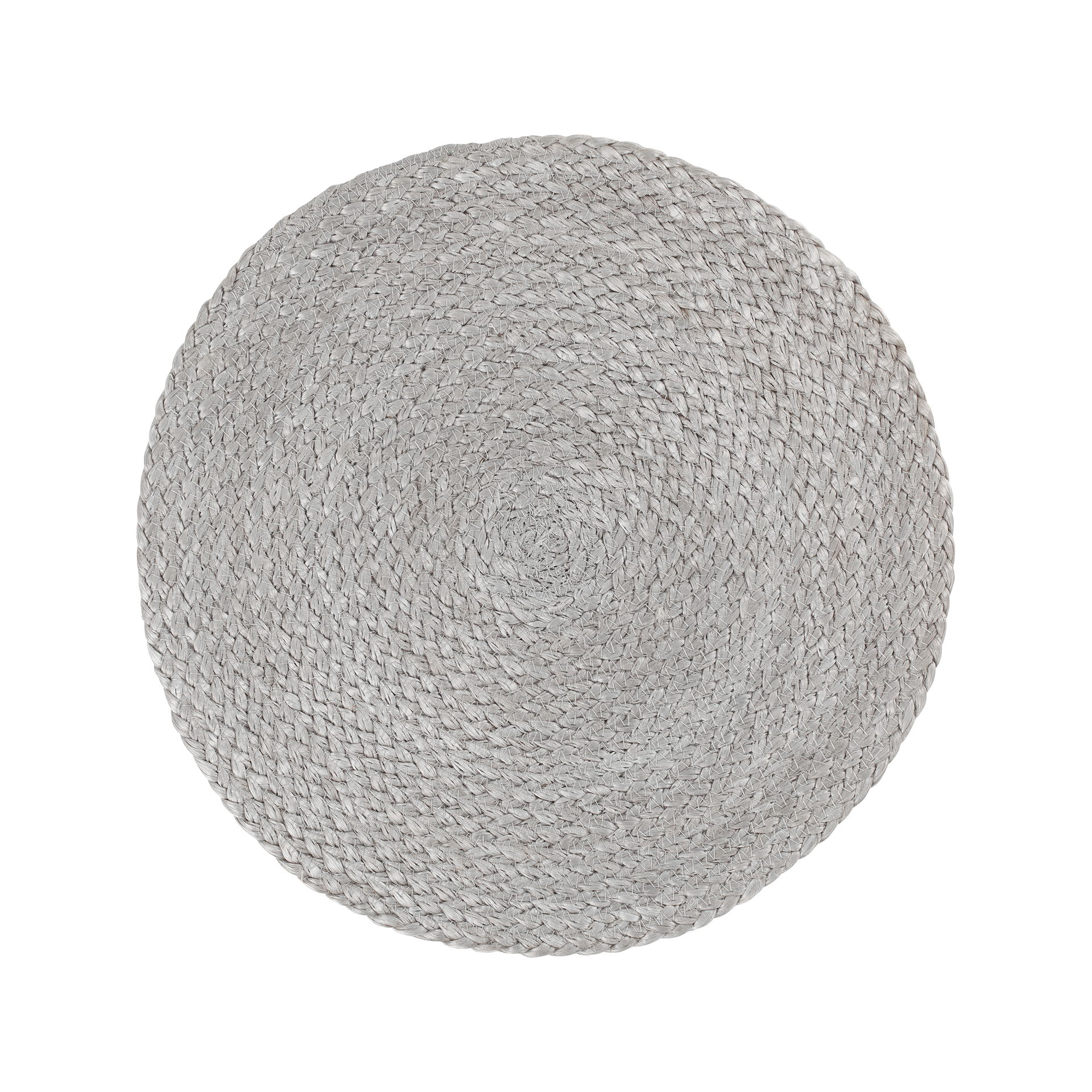
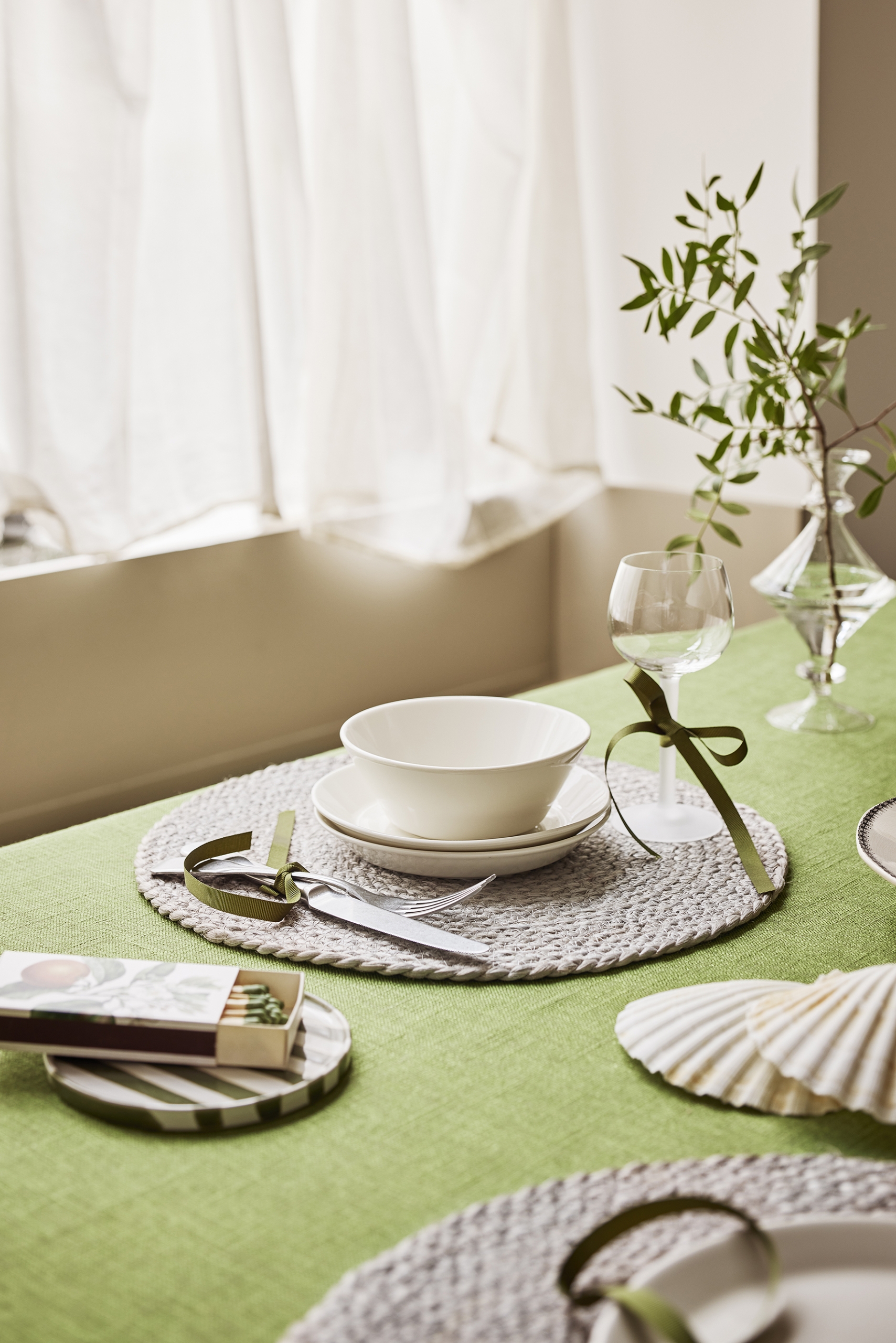
Placemat Elin silver grey d38cm
48344
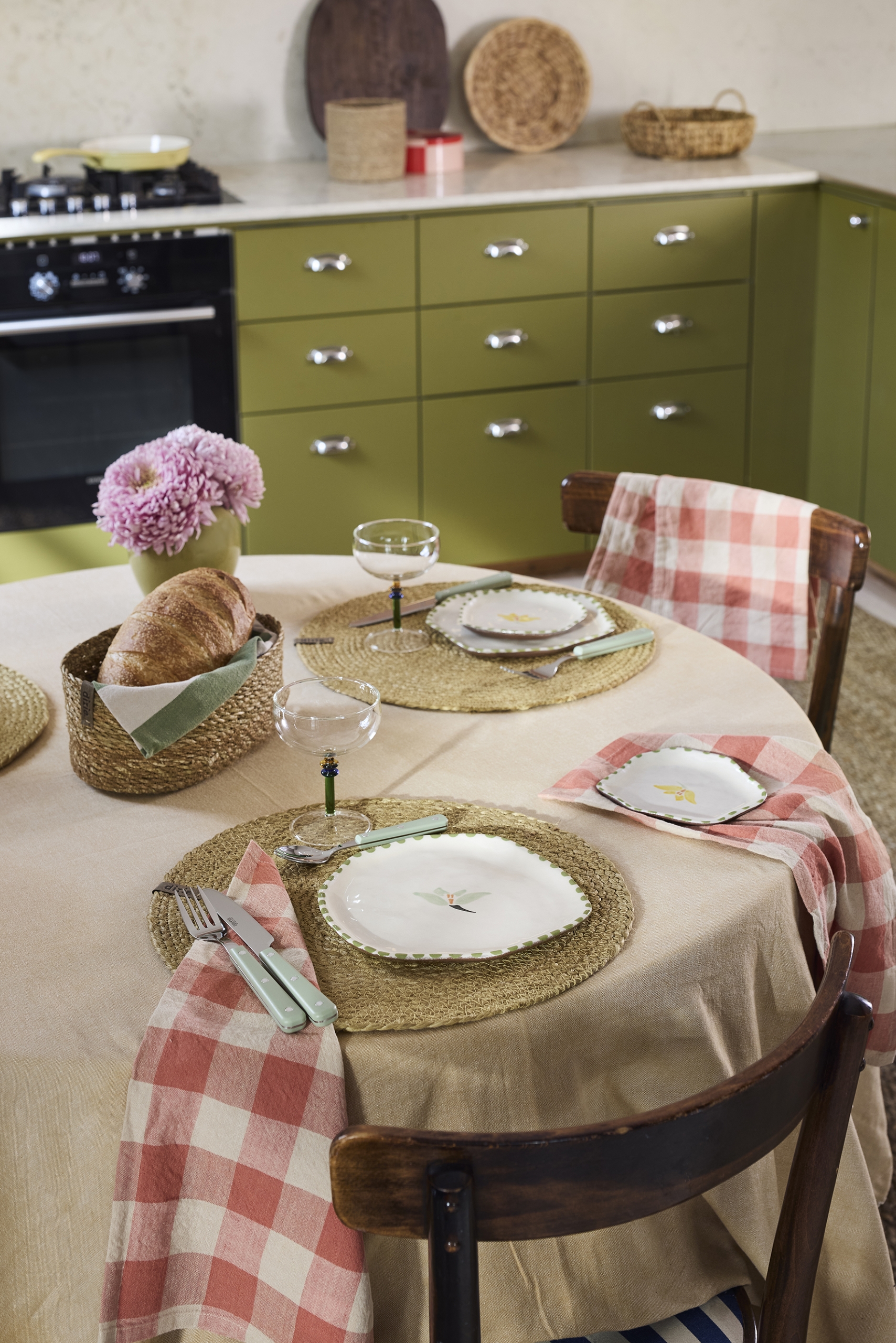
Placemat Elin golden green d38cm
48345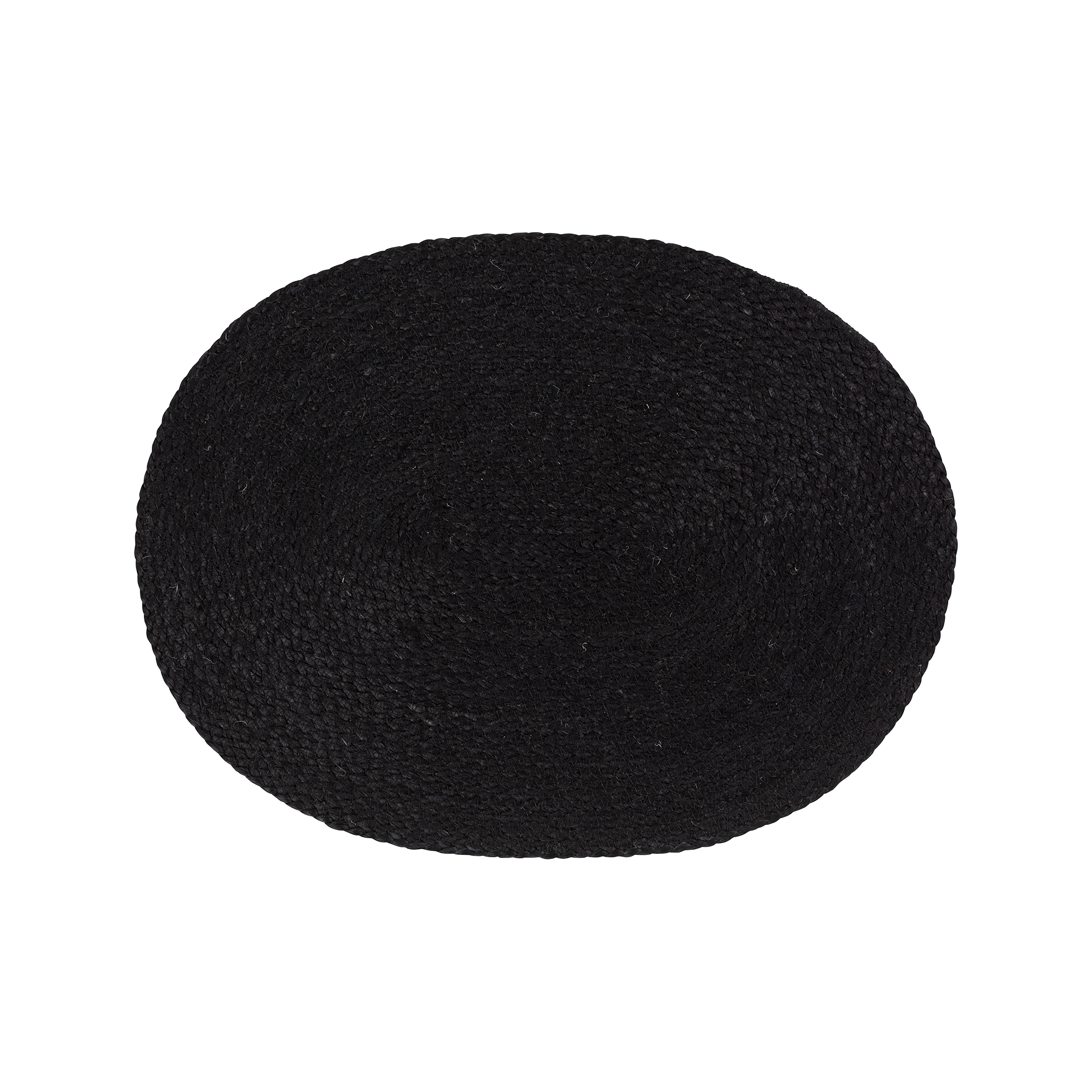
Placemat Elin black oval
48346
Placemat Elin silver grey oval
48347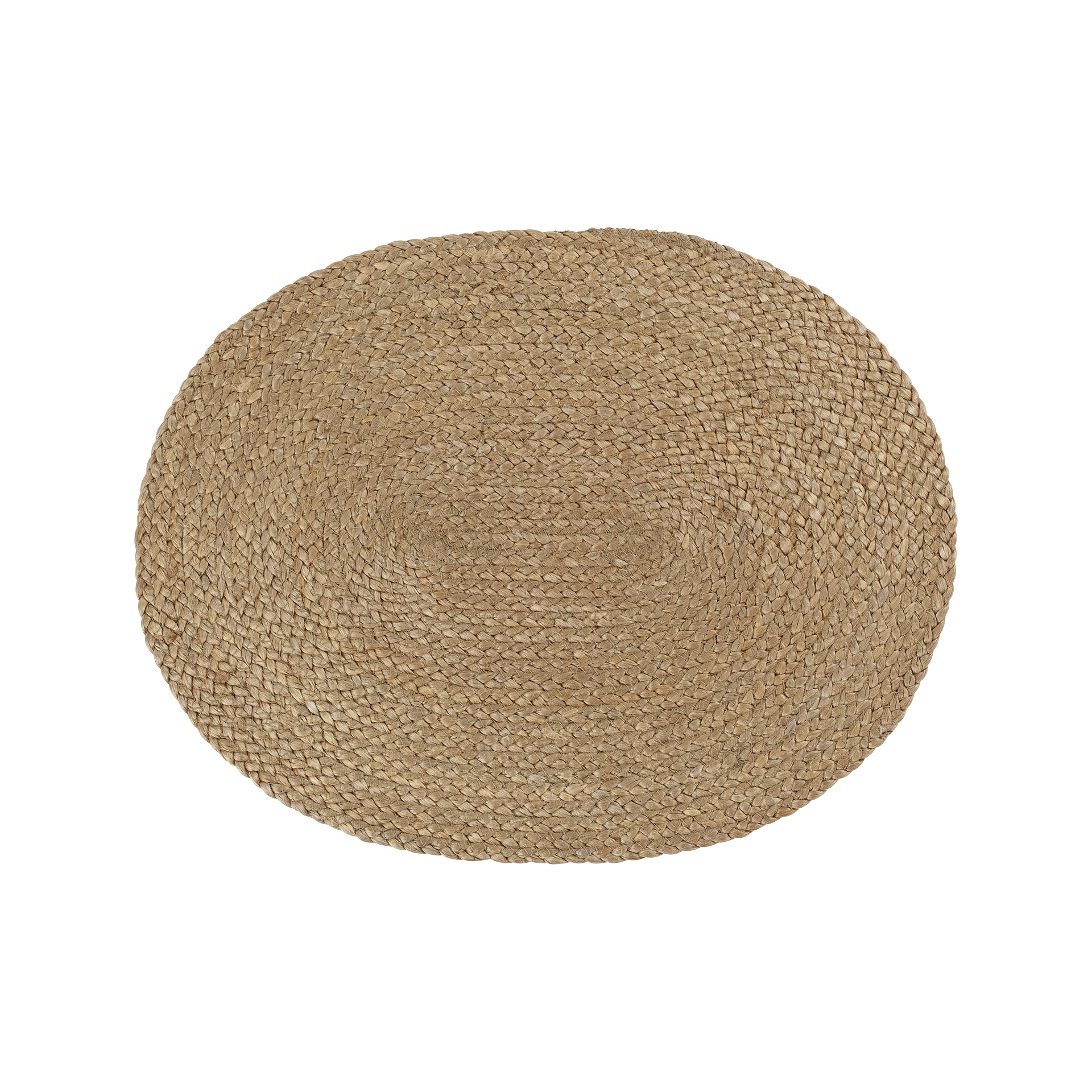
Placemat Elin golden green oval
48348Jute is a long, soft, shiny vegetable fiber that can be spun into coarse, strong threads. It is also one of the most affordable natural fibers available, and comes in second place, after cotton, when it comes to production volume and variety of use of the material.
The jute plant grows best in standing water and alluvial soil in a warm, wet and humid climate. Therefore it’ssuitable to grow in the monsoon climate during the monsoon season. Jute requires approximately 5–8 cm of rainfalleach week and even more when it’s time for sowing.
Jute is a completely rain-fed crop with little need for pesticieds or fertilizers, unlike cotton, which has heavy demands for this. Production is mainly concentrated to Bangladesh and southern India. It’s also in these regions that our products are manufactured by skilled craftsmen.
Scroll